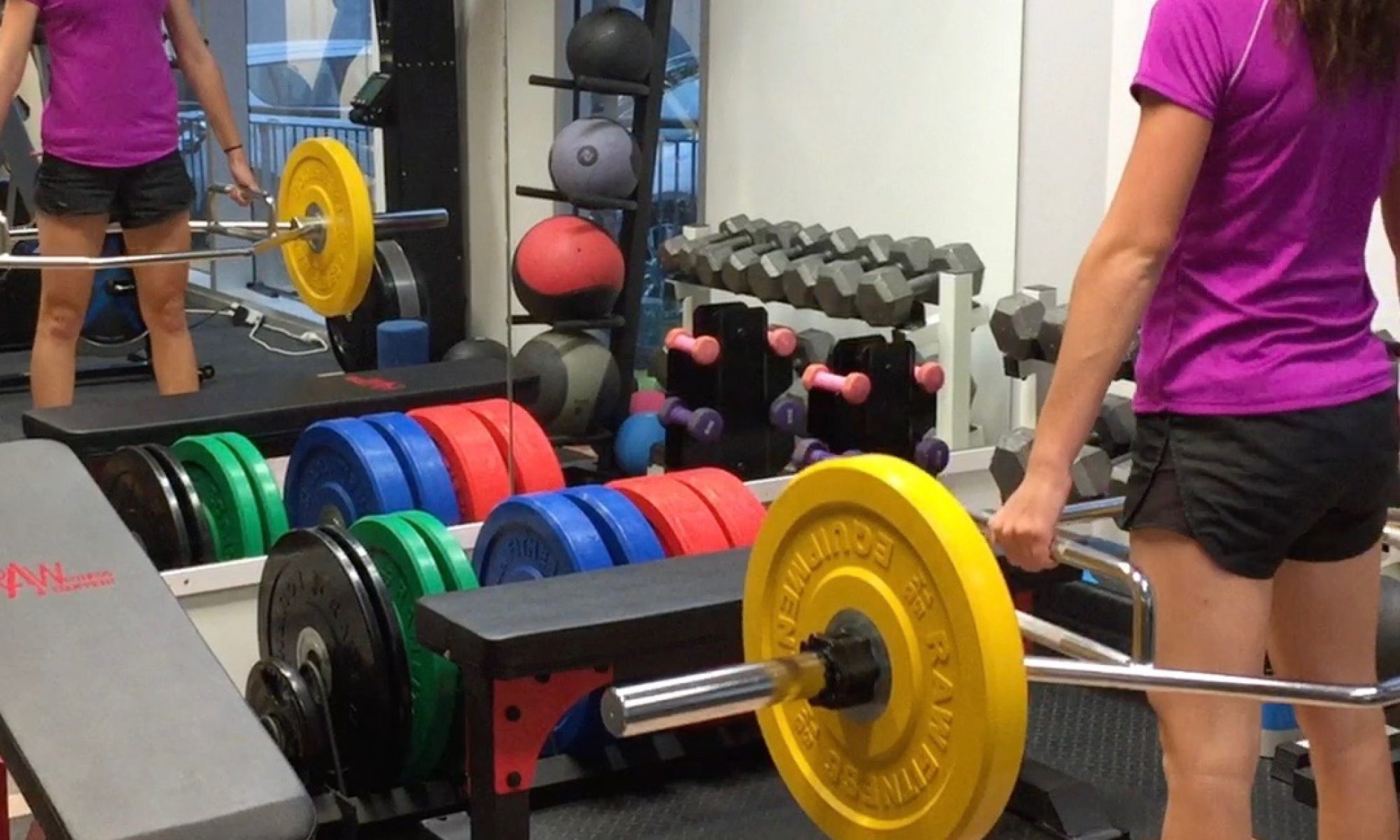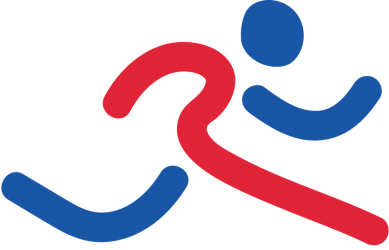What is prolapse and how can exercise help?
Pelvic Organ Prolapse (POP) is the displacement of a pelvic organ onto the vaginal wall. All the pelvic organs are supported by a complex of muscles, ligaments and fascia that attach to the bony anatomy of the pelvis to keep in place. When these are weakened, those organs can descend. POP occurs in 1 in 5 Australian women, with the Continence Foundation of Australia finding that half of all women who gave birth will experience some degree of POP. There is misunderstanding and a lot of stigma associated with living with POP despite the fact it is quite common. There is no shame or embarrassment having POP, but it is important to have an understanding of what POP is and how you can manage symptoms.
What are some of the causes of POP?
- Childbirth
- Persistent coughing
- Persistent heavy lifting with bad technique
- Chronic constipation
- Excessive weight
- Post menopausal women are more susceptible to prolapse due to a decrease in oestrogen production- oestrogen is important in keeping the pelvic floor muscles toned, and decreased production can result in these muscles becoming thinner, weaker and less elastic.
Symptoms of POP:
- Pressure, pain or fullness in pelvis, or a visible lump around the pelvis
- Feeling a downward dragging or like a tampon falling out
- Urinary incontinence
- Difficulty emptying your bladder and bowel
- Bladder or bowel urgency or incontinence
If you do experience these symptoms, it is important to see either your GP, gynecologist or a women’s health physiotherapist for a physical examination for a diagnosis. Exercise is important for general health and wellbeing, however it is important to know what exercises can help improve and manage symptoms, and what exercises could make symptoms worse.
So what exercise can I do with a prolapse?
Pelvic floor exercises are important in improving motor control, strength and endurance of your pelvic floor. However, this is not the only exercise that can be done to help manage your prolapse. Here are some of the considerations for exercise with prolapse:
- Avoid holding your breath by exhaling with effort
- Maintain good posture
- Avoid abdominal exercises like sit up and crunches- choose exercises that resistance lateral and frontal flexion like side plans
- Keep your legs closer together- no wide legged squats
- Integrate more low impact exercises instead of high impact exercises.
- Choose supported positions (IE: seated machines or sitting on a fit ball)
Our exercise physiologists are able to help you navigate what exercises you can do to help manage symptoms, as every individual is different and POP has varying symptoms.
This is just general advice for education and information purposes. This does not take the place of medical advice.
Source: ESSA Women’s Health E-Book.
Continence Foundation of Australia. n.d. Pelvic Floor Prolapse (https://www.continence.org.au/who-it-affects/women/prolapse)
Jean Hailes, n.d. Prolapse. (https://www.jeanhailes.org.au/health-a-z/bladder-bowel/prolapse-bladder-weakness)
Women’s Health Education Network, n.d. Exercising with a Pelvic Organ Prolapse (https://www.when.org.au/education/exercising-with-a-pelvic-organ-prolapse)
Exercise Right, n.d. What is Pelvic Organ Prolapse (POP)? (https://exerciseright.com.au/what-is-pelvic-organ-prolapse-pop/)
Exercise Right, n.d. Pelvic Floor Prolapse (https://exerciseright.com.au/pelvic-organ-prolapse-pop-and-exercise/)


